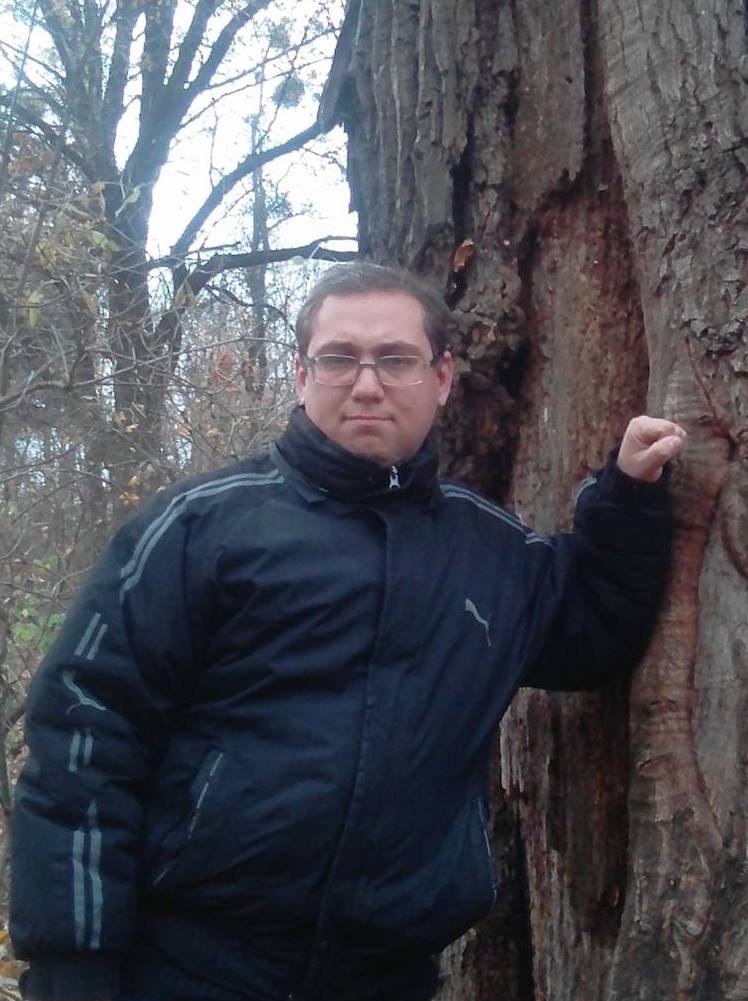On August 19, there will be another full moon. It is called the Sturgeon Moon. It will also be a supermoon. You will learn how to see it and what to expect on this day in this article.
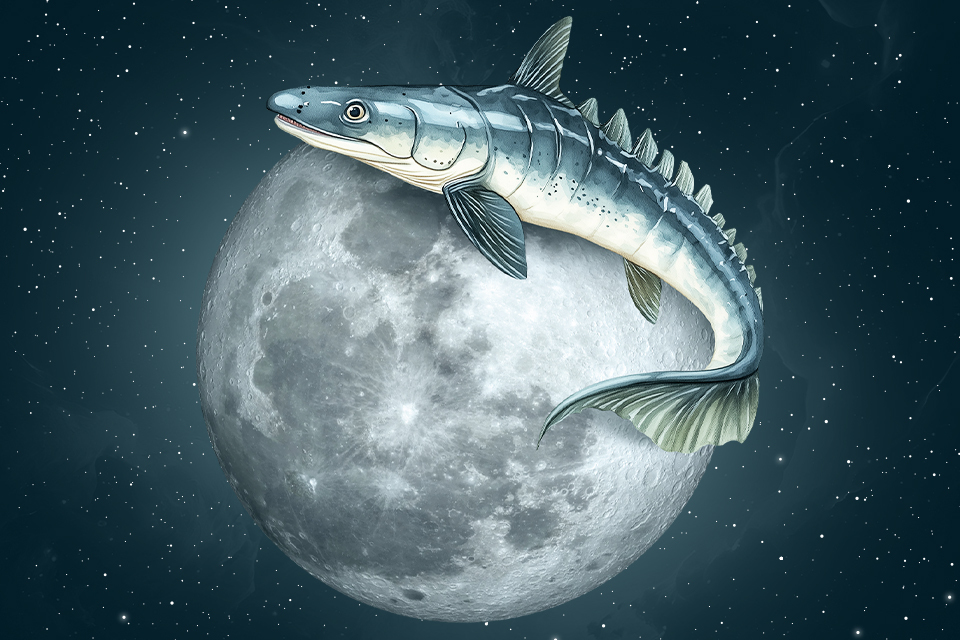
Why is the Sturgeon Full Moon so named?
On August 19, the Earth will witness an astronomical event that happens once or sometimes twice a month. It is, of course, a full moon. The natural satellite of our planet will take a position in its orbit when its entire hemisphere, illuminated by the Sun, will turn towards observers on Earth.
The August full moon is usually called the Sturgeon. This name originated in North America. It comes either from one of the autochthonous peoples inhabiting the continent or from farmers of European descent.
As you might guess, it is associated with one of the largest fish found in the continent’s rivers and lakes. Allegedly, it is at this time that sturgeons are most numerous in the bodies of water. It is worth noting that this is not a specific day, but the entire period between two full moons. Therefore, you should not expect an incredible number of fish on this day.
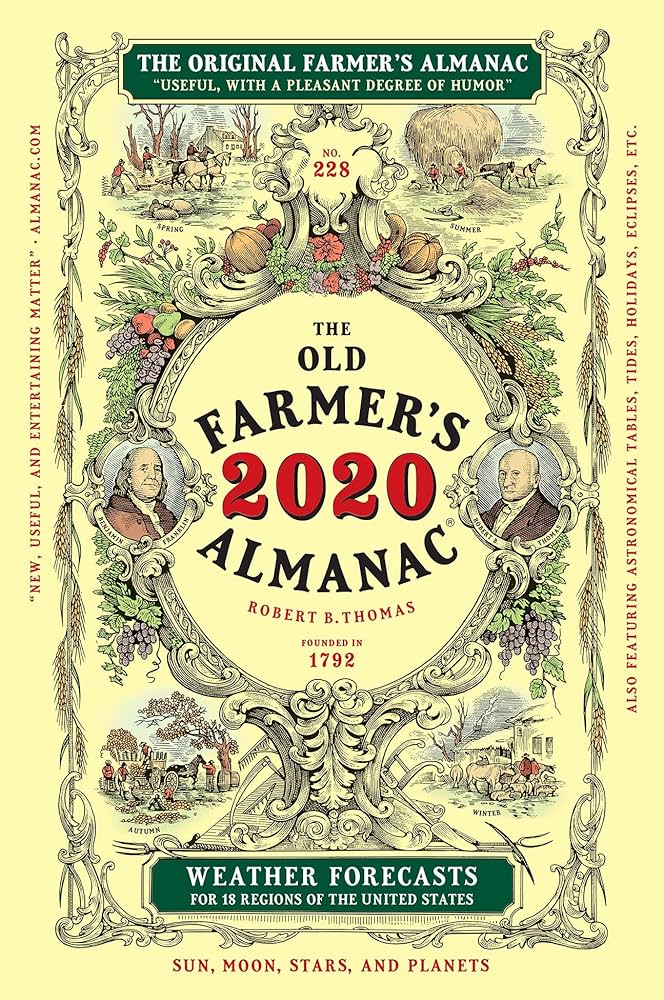
However, no one knows how much the name of the full moon corresponds to the real state of affairs. And the very version of the origin of this name can be questioned. After all, it first appeared in the 1930s in the magazine Old Farmer’s Almanac and no one has verified it.
It is also known that the August full moon has several other names. In particular, its traditional English name is Grain, which is quite justified given that this is the harvest time. The Celts used the name Lynx Full Moon. It is also sometimes called the Lightning Moon.
Supermoon
The main feature of the upcoming full moon is the supermoon. The orbit of our planet’s satellite is somewhat elongated, with an eccentricity of 0.055. This means that it has the most distant (apogee) and the closest (perigee) point of its orbit. This year’s Sturgeon Full Moon falls in the vicinity of the latter.
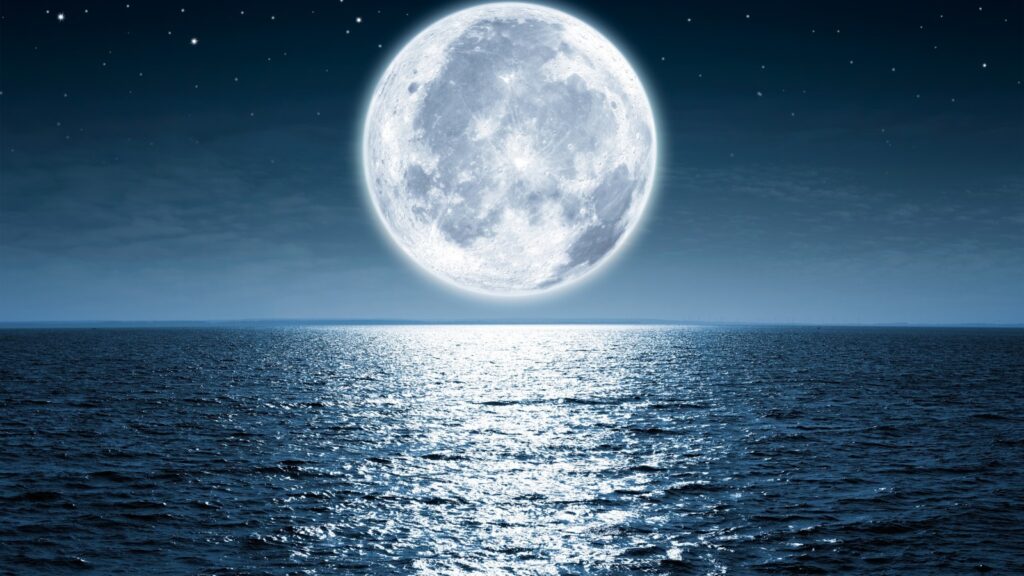
The moon will look really big in the sky during the full moon. But it will not cover half the sky, as you might think. There will be no gravitational anomalies either. No one will take off into the sky, so there is no need to be afraid.
During a full moon, when the orange Moon is just appearing above the horizon, it seems extremely large. In fact, this is just an optical illusion known to people since ancient times. It is believed to be related to the peculiarities of our perception of angular dimensions. The illusion is intensified during a supermoon. However, in reality, the angular diameter of the Moon is only 7% larger than its average value.
How to watch the full moon
This time, the maximum phase of illumination of the Moon’s disk will occur at 18:26 GMT. This corresponds to 21:26 in Kyiv. So it will still be daylight in London at this time, but it will be dark in the capital of Ukraine.
The sun will set in Kyiv at 20:09, and the moon will rise at 20:25. It will appear, as usual, above the eastern horizon and will stay in the constellation Aquarius all night until it disappears at 4:42 am. Therefore, this time Ukraine will have the best conditions for observing the Sturgeon Supermoon.
In London, things will be a little worse. On August 19, the sun will set here at 20:14, and the moon will appear at 20:28, two hours after the maximum phase. The conditions of its visibility will be approximately the same as in Ukraine.
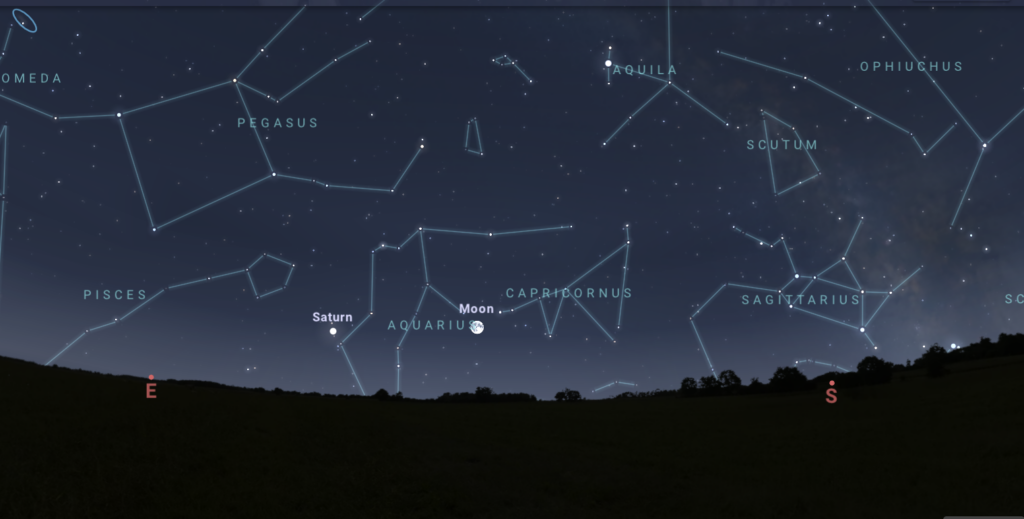
But in New York, the maximum phase of the full moon will occur at 14:26, that is, almost in the middle of the day. The sun will set here only at 19:47, and the moon will rise at 20:02, almost 8 hours after its illuminated hemisphere is maximally turned to the Earth.
However, in any case, there is no need to worry. Even in a few hours, it will be almost the same as during the maximum phase. Besides, if you can’t see the Moon on August 19, you can do it on the night of August 18. It will also be almost full.

